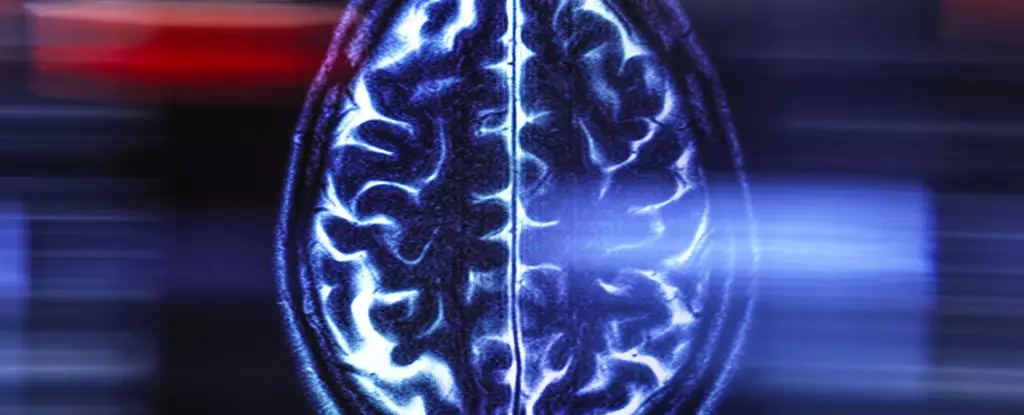For centuries, society has measured age solely by the number of years we have lived. Yet, this measure is increasingly recognized as a superficial indicator that fails to capture the complex interplay of genetics, lifestyle, and environment influencing our health trajectory. Biological age, the true indicator of how “old” our bodies and minds are, offers a far more nuanced perspective. A person who appears youthful and maintains robust health might be biologically younger than their years, while another could exhibit signs of accelerated aging despite a lower chronological count. This discrepancy is more than academic—it holds profound implications for predicting disease risks and tailoring personalized interventions.
Emerging research now harnesses the power of neuroimaging to decode this complex process. The advent of tools capable of estimating biological age from a simple brain scan signifies a turning point in preventive medicine. Instead of waiting for overt symptoms or relying on invasive, time-consuming tests, health professionals could soon assess an individual’s aging process swiftly and accurately. Such insights have the potential to revolutionize how we approach aging, shifting from reactive treatment to proactive health management.
The Promise of Brain-Based Aging Metrics
At the forefront of this innovation is the development of the DunedinPACNI tool—an acronym for Pace of Aging Calculated from NeuroImaging. Crafted by a global consortium of scientists, this technology derives its strength from an in-depth dataset tracking the health and aging of over a thousand individuals born in Dunedin, New Zealand, in the early 1970s. Their longitudinal data, meticulously collected over decades, forms a robust foundation enabling precise correlations between brain structure and biological aging.
Crucially, DunedinPACNI evaluates approximately 99 brain metrics—ranging from cortical thickness to gray matter volume—quantities that influence cognition, memory, and overall mental agility. These markers serve as fingerprints of the aging process, revealing whether the brain is aging at a typical rate or accelerating ahead of schedule. The beauty of this system lies in its simplicity: a single brain scan in midlife can provide substantive insights into one’s health horizon, including risks for dementia and cardiovascular diseases. This capability is nothing short of transformative, promising early detection and intervention possibilities that could alter countless lives.
Implications for Disease Prediction and Personalized Medicine
Predictive power is the hallmark of any medical advancement, and DunedinPACNI demonstrates promising performance in this arena. Validation across diverse populations—encompassing over 50,000 individuals—shows that the tool can not only estimate biological age with notable accuracy but also forecast future health complications. This ability to foresee conditions like cognitive decline and heart attacks empowers clinicians to implement measures long before symptoms manifest.
The real thrill, however, lies in the potential for personalized health strategies. Imagine identifying an individual whose brain ages significantly faster than their chronological years; targeted interventions—such as tailored diets, specific exercise regimens, or cognitive training—could slow this accelerated aging process. Interventions at this stage may prevent or delay the onset of debilitating diseases, including Alzheimer’s disease, which remains a looming threat in aging populations.
Skeptics might argue that the tool isn’t infallible—predictive models rarely are—but even imperfect approximation represents a quantum leap over traditional assessments. The integration of neuroimaging-based biological measures into clinical practice could redefine preventive care, making it more precise, personalized, and effective. It challenges the outdated notion that aging is an unavoidable decline—positioning it instead as a modifiable process that can be influenced long before clinical problems arise.
Rethinking Aging and Health: A New Paradigm
At its core, this research is a testament to the profound connection between brain health and overall vitality. The brain, often regarded as the command center, also acts as an early indicator of the body’s aging process. Importantly, the ability to measure and interpret signs of brain aging may serve as a universal marker of general biological aging, reflecting the health of multiple systems simultaneously.
While still in the early stages of clinical adoption, the implications are undeniable. Society must reconsider how we define aging—not merely as a chronological milestone, but as a dynamic, measurable process that can be influenced. The advent of neuroimaging tools like DunedinPACNI heralds a future where aging is no longer an inevitable march toward decline but a mutable attribute that responds to lifestyle choices, medical intervention, and early detection.
The ethical and practical challenges accompanying this leap forward—such as data privacy, access equity, and personalized risk communication—are significant. Yet, the potential benefits outweigh these hurdles. With continued innovation, we might soon see a world where aging gracefully isn’t simply a matter of fate, but a goal within our collective reach, driven by insights gleaned from our own brains.

